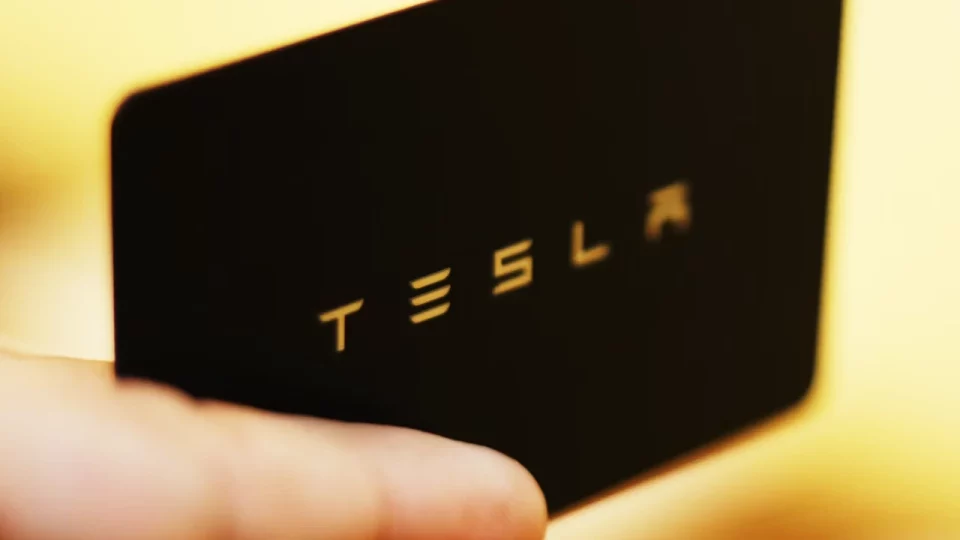Founded by Elon Musk in 2003, the company has revolutionized the automotive industry by proving that electric cars can be both desirable and practical.
Tesla’s rise to dominance has been characterized by innovation, technological advancement, and an ever-growing market share. However, with this growth has come a fair share of controversy. Tesla, known for its cutting-edge technology and ambitious goals, has often found itself at the center of public scrutiny – whether for its business practices, regulatory battles, or, more recently, recalls.
Indeed, Tesla has become notorious for recalls, and 2024 proved to be no exception. In fact, Tesla was the most-recalled automaker in 2024, and now, as we venture into 2025, it looks like the company is off to a rocky start with yet another recall. This time, the recall is significant, affecting nearly 240,000 vehicles.
Table of Contents
The Scope of the Recall: Which Vehicles Are Affected?
The most recent recall impacts four Tesla models: the Model 3, Model S, Model X, and Model Y. Specifically, the affected models are from the 2023 to 2025 production years, with a particular focus on the 2024-2025 Model 3 and Model S, as well as the 2023-2025 Model X and Model Y.
According to the recall notice filed with the National Highway Traffic Safety Administration (NHTSA), the issue lies with a component in the vehicles’ computer circuit boards. This component appears to be prone to failure, which can lead to a malfunction of the rearview camera system.
The rearview camera is a crucial safety feature for modern vehicles, enabling drivers to see what’s behind them when reversing. It is a component of the broader effort to enhance vehicle safety and improve rear visibility, in line with federal safety standards. If the rearview camera fails, drivers may be unable to safely reverse, increasing the risk of accidents.
Check also: Tesla’s Robovan: The Futuristic Game-Changer Set to Revolutionize Transportation
What’s the Issue with the Circuit Board?
The specific technical problem revolves around a computer circuit board that may short-circuit. This malfunction is serious because it results in the rearview camera failing to provide live video feed. Without this essential functionality, these vehicles would not meet the Federal Motor Vehicle Safety Standard (FMVSS) related to rear visibility. This raises immediate concerns about the safety of Tesla owners and the potential for accidents, particularly in situations where a driver is reversing in tight spaces or maneuvering in parking lots.
While this may seem like a straightforward issue, it’s important to remember that even the most technologically advanced companies like Tesla are not immune to these types of challenges. Tesla’s cutting-edge use of computer systems in its vehicles means that a failure of a circuit board, though seemingly simple, can have a ripple effect on other vehicle systems, as seen in this recall.
The Tesla Solution: Over-the-Air Updates and Free Repairs
Tesla’s ability to perform over-the-air (OTA) updates is one of the company’s most lauded features. With OTA updates, Tesla can quickly and remotely fix software issues or even improve vehicle performance. In this case, the company is leveraging this technology to resolve the rearview camera malfunction in many of the affected vehicles.
The OTA update will notify Tesla owners about the potential issue and may even rectify the malfunction without the need for a service visit. However, for those vehicles where the circuit board has already failed, Tesla will replace the affected computer systems at no charge to the owner. This is a testament to Tesla’s commitment to ensuring its customers’ safety, as they are not left to pay for what is a manufacturer’s fault.
Tesla has indicated that owners will begin receiving notifications about the recall on March 7, 2025. In addition, Tesla owners can contact the company directly at the provided hotline for further details or visit the NHTSA website for more information.
You might like: Tesla is Back! Sales Surge in Q3 Amid Rising Competition
A Closer Look at Tesla’s Recall History
Tesla’s recall numbers may seem high, but it’s important to put them in context. For a company that produces millions of vehicles, having a relatively small percentage recalled is not uncommon in the automotive industry. However, the frequency of recalls for Tesla has caught the public’s attention. In fact, in 2024, Tesla’s recall numbers were the highest in the automotive sector, even surpassing established giants like General Motors and Toyota.
While some of these recalls have been due to relatively minor issues, such as software bugs or faulty sensors, others have raised serious concerns. For instance, previous recalls involved concerns over the Autopilot system, which is one of Tesla’s flagship features. The company’s cutting-edge approach to autonomous driving has been both a selling point and a point of contention, with critics raising concerns over the safety and reliability of these systems.
It’s important to note that the sheer number of recalls may be partly due to Tesla’s transparency and rapid response to potential issues. Tesla tends to issue recalls quickly when it identifies a problem, which may give the impression that the company is struggling with quality control.
However, other automakers may take longer to acknowledge and address issues, or they may not disclose the problem as openly as Tesla does.
